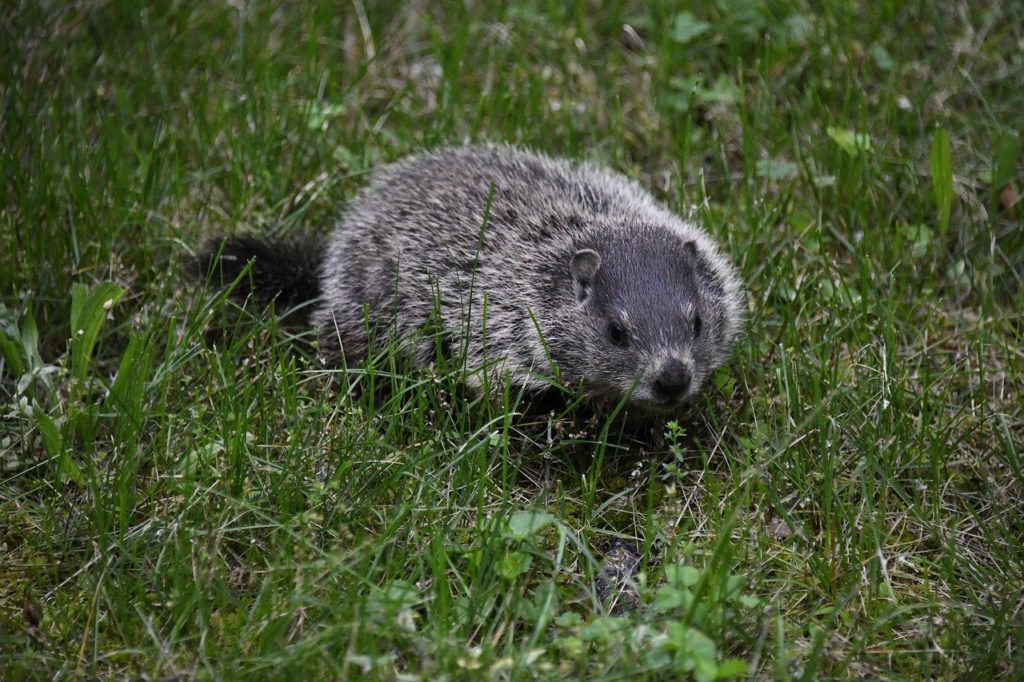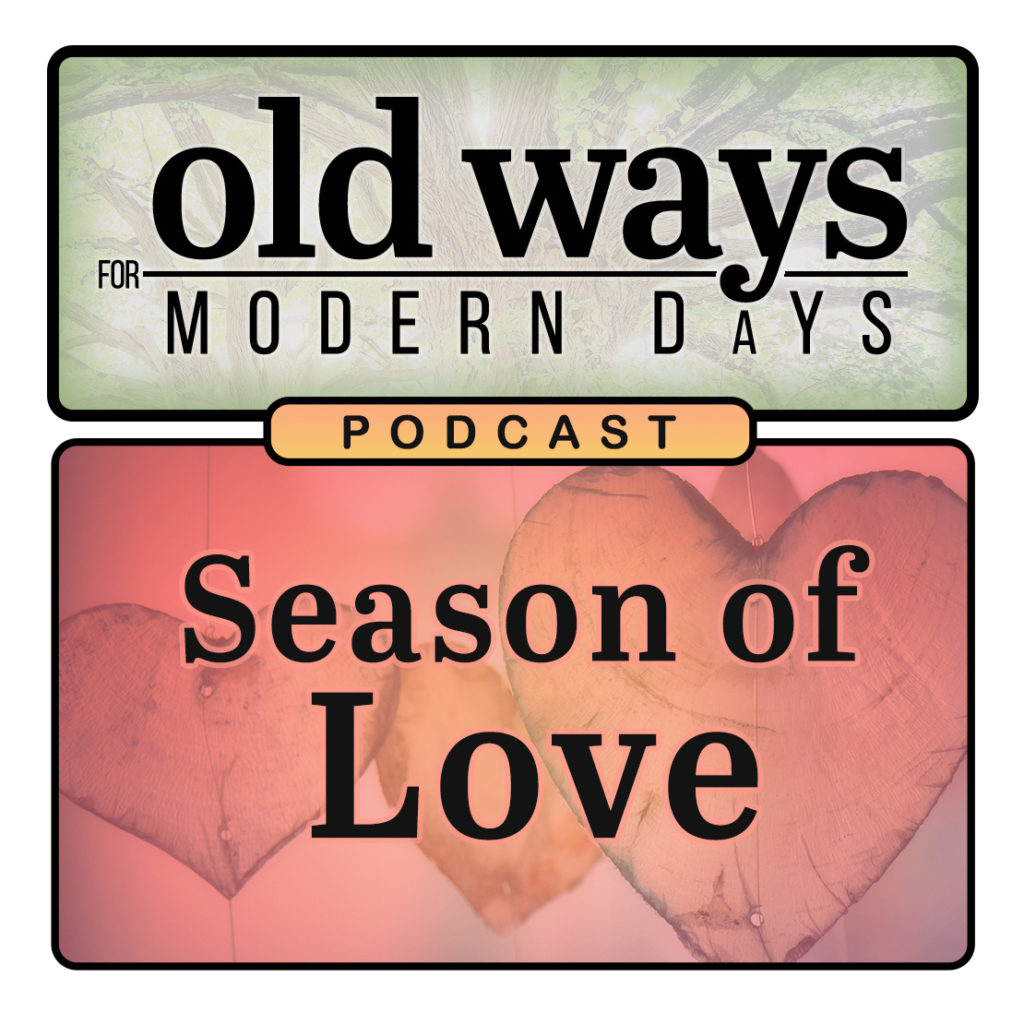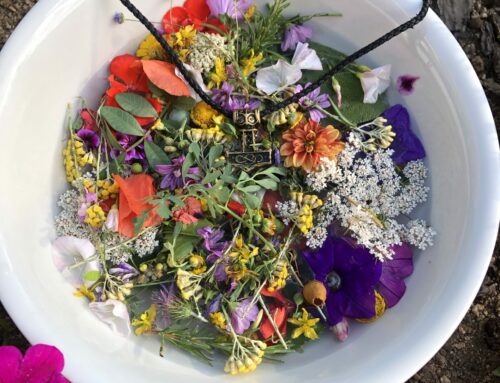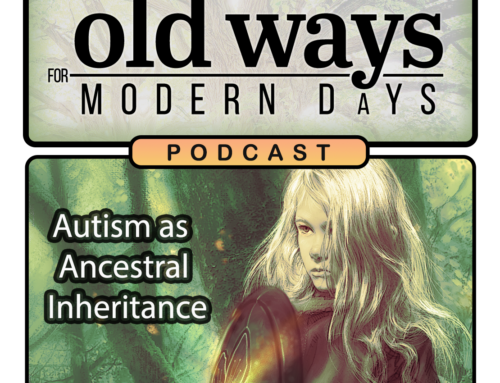
Get Ready for Valentine’s Day
Yes, I know what you are thinking, and I can hear your groan of discontent. I know Valentine’s Day is a Hallmark holiday. It is a day that puts the pressure on. When it comes, it generally means money spent on frivolous gifts and cards, all wrapped up in hearts and a red bow.
Valentine’s Day means expressing platitudes of love to your heart’s desire, sometimes in the form of poetry, most likely on a card. Its celebration can also mean making sure that you have a perfect evening with your beloved, complete with champagne and strawberries. It is enough to make even those of us who are the staunchest and most devoted to love shudder.

If we learned anything from the demands of the Winter Holidays it is that we can choose Hygge, to slow down and make this time ours. We can make this a Season of Love. We don’t have to succumb to the Valentine’s Day marketing of big box stores or to the commercialism of the day. We don’t even need to spend extra money.
We can put down the Hershey’s kisses, candy hearts, and the plush teddy bears. We can make Valentine’s Day our own, and a season to celebrate and express love in the way we want to show it.
Reframe Valentine’s Day
Even if the holiday comes with a palpable “cheesiness,” isn’t it nice to take a day to celebrate love in its many forms? Your Valentine doesn’t have to be a romantic partner. For many years, when I was little, my Valentine was always my mom! I’m still hers. Valentines could be your children, pets, grandparents, Ancestors, or even Mother Nature, herself.
I also agree one shouldn’t need a special day to show their love. We should show it every day. Yet, life is short, and I, for one, love an excuse to set a day apart to create rituals and to relish in sharing special traditions with my family—especially those we make up for ourselves. Plus, a little celebration really brightens up this typically bleak part of winter.

The Unfurling of Spring
This Season of Love is the great unfurling of Spring. It’s not here yet, but we can sense the quickening. Maybe it is a different smell in the air, the craving for other foods, or a general feeling of change coming. Love starts that way, too. It might begin with an exchanged glance that feels like it tugs your heart. Or butterflies in your stomach when you see that person smile. Maybe the endorphins you feel when you look at a new baby, whether human, a puppy or a kitten, maybe a lamb.
With Spring comes a flutter of activity, renewed energy, and excitement. At this moment, it’s the deep breath before the pushing required to birth.
If you approach the holiday of Valentine’s Day in this way, does it change your perspective at all? It’s OK if it doesn’t, no judgment. But if it does, even in a small way, I invite you to put aside all the “shoulds” of Valentine’s Day. Maybe look at it as a day apart. Look in your own heart to see how you can express the love you hold there for your own dear ones in whatever form they take.

Honey Hazelnut Semifreddo
In honor of this great unfurling, I’m sharing a Valentine’s Day recipe, Honey Hazelnut Semifreddo, from my book, Love in Every Bite: The Secret to Cooking Healthy Recipes with Positive Energy.
Semifreddo is not quite ice cream, so it’s more palatable in this liminal time between Winter and Spring. Honey tastes of sunlight, and so as we see more encouraging signs of warmer weather to come whip up a batch of this tasty treat with visions of Spring (recipe at the end of the post).

Valentine’s Day Folklore
As with most modern holidays, there are ancient origins. Valentine’s Day remarkably is no different. Even if people see it as a Hallmark holiday today, it was anything but shallow in the past. The history of Valentine’s Day brings us back, once again, to our Pagan past. If you’ve been following me for a while, this is starting to sound familiar now, isn’t it?
Ancient Pagan Valentine’s/ February Celebrations
Many Pagan holidays take place during February. Several this month are from Ancient Rome alone. There is also the Celtic Imbolc, the Germanic/ Norse Charming of the Plough, and the Slavic Thunder Candle tradition. Here in Sardinia and many parts of the now Catholic countries, we celebrate Candlemas. I cover all of these and more in February’s Guide: Season of Love, where we look at several significant holidays to uncover their similarities. Surprisingly the underlying themes are love, ancestors, wolves, and thunder.
In many ancient cultures, people called the full moon in January the “Wolf Moon,” and the wolves are certainly out in the folklore of February. We will see wolves featured in many European celebrations that traditionally take place this month.

Lupercalia
Lupercalia is probably one of the most famous holidays of Ancient Rome. Its primary purpose was to purify the city of evil spirits and promote health and fertility. Romans celebrated Lupercalia from the13th of February through the 15th.
The name comes from several different and interesting sources. The most important is Lupa, the she-wolf who is prominent in the origin story of Rome. She is the mother of Romulus and Remus, the twin founders of the city.
The celebration began with the Luperci, male priests who were part of the “brothers of the wolf.” They sacrificed two male goats and a dog in the cave of Lupa, which lay at the bottom of the Palatine Hill in Rome.
The Luperci anointed themselves with the blood of these animals. Then they cleaned the blood with a piece of wool dipped in milk. After the ceremony, they ran around naked with the hides of the animals and whip bystanders with them.
Roman women, especially those of high status, would line up from the Palatine Hill to the Forum to be whipped by the Luperci. Ancient Roman women believed this ritual beating increased their own fertility, prevented sterility, and eased childbirth pains.
Talk about “hitting on” women.
Romans still celebrated Lupercalia even after Christianity came to the Roman empire, signifying its importance to the populous. Later it became the foundation for a Christian holiday, per usual.
That holiday is Valentine’s Day, for we cannot be in February without seeing red hearts everywhere.

St. Valentine
Several historical events occurred in conjunction with Lupercalia that relate to Valentine’s Day during the 3rd century. Two different priests by the name of Valentinus, or “Valentine” (a famous moniker derived from the Latin word “Valens,” meaning strong or worthy), were executed by Roman emperors on February 14th in different years.
One was the infamous priest who performed secret marriages defying Roman Emperor Claudius II. Claudius forbade young men to marry in attempts to bolster his army. This Valentine was executed on February 14th in AD 270.
Due to these pagan celebrations’ popularity, the Catholic Church declared both executed priests to be martyrs, and February 14th was known thereafter as the celebration of St. Valentine’s Day.

Poetry
Poetry is a significant component of modern Valentine’s Day celebrations, whether one recites them or gives them to another in the form of a card. There is actually a historical reference for card giving.
Chaucer and Shakespeare romanticized Valentine’s day in their works, and it became known as a day of love during the middle ages. People gave gifts of handmade cards to express love for one another. We all know what the holiday has become in modern times, over the top and often cringe-worthy. But it doesn’t have to be! I share ideas of how you can re-frame the day, including rituals and activities for the whole family in Season of Love.

Other February Celebrations
There are some deeply rooted and beautiful celebrations devoted to Ancestors, and family ties in February, like Roman Parentalia and Feralia. These purification rituals of tribute, reparation and acknowledgment of the dead lead up to the Caristia. A sacred banquet which celebrates familial love and reforges bonds between family members, creating harmony within the family unit.
In the guide we also explore Germanic and Norse traditions like Charming of the Plough, which honors the ties between humans and the lands they live on. Plus Disting, a public ceremony that honors the divine feminine: female ancestors, Valkyries, and Norns. Plus, Entschtanning a twelve-day celebration that kicks off with Groundhog Day, and commemorates the relationships between people, and their non-human kin. That’s right; Groundhog Day has ancient Pagan roots.

If you want more folklore and seasonal celebrations history, then you will love this 30-minute podcast episode: February: Season of Love.
?In the episode:
*The history of the Month of February
*Valentine’s Day – the stuffed teddy bear in the room
*Wolf Moon
*Lupercalia
*St. Valentine’s & Galatin’s Day
*Parentalia & Feralia
*Dísablót
* Imbolc/ Candlemas/ Candelora*
*Groundhog Day
*Simple Ways to Celebrate This Season, Ancestrally
Love in Every Bite
Many Valentine’s day celebrations focus on food, planning to woo the ones we love. Often, we employ aphrodisiacs in Valentine’s Day meals to try to move things in our intended direction. This is magic, kitchen witchery, hearth magic.
Part of the Kitchen Witchery of wooing is to cook with intention. That means everything from intentionally choosing what foods to buy and eat based on various factors. It also means being aware of your thoughts while cooking because the energy you have will impact the food you prepare.
My book Love in Every Bite: The Secret to Cooking Healthy Recipes with Positive Energy goes into these concepts in greater detail.
The book explores how to bring more magic in your kitchen and love into your life through creating ritual in your everyday cooking. I lovingly created each recipe to maximize flavor and ease of preparation so you can focus on your intention, not your knife skills. Recipes also feature ingredients that have properties associated with love, health, and well-being.
This video, 5 Household Herbs to Bring More Love into Your Life, will get you started!
Although some recipes in the book focus on cultivating romantic love, others promote other kinds of love.
Make Magic with Recipes from the Book
In the February Guide, Season of Love, I share a couple of my favorite recipes from the book.
Also, if you are a newsletter subscriber, you will also receive a FREE sample of the book Love in Every Bite, which includes 7 additional recipes.
Perhaps a full Caristia banquet is not possible this year. Yet, this month, I invite you to serve up some of these recipes to your loved ones, including Honey Hazelnut Semifreddo. You could even serve something heartfelt up to your Ancestors instead, in honor of Parentalia.
While you prepare it, think on the unfurling of Spring. What is quickening in your life? Create with the intention of it blossoming like the flowers of Spring. An entire section of Love in Every Bite is devoted to visualization and cooking with intention, but this suggestion is enough to get you started.

Honey Hazelnut Semifreddo Valentine’s Recipe
INGREDIENTS:
2 large organic, free-range eggs (separate whites from yolks)
2 heaped TBS runny honey
3/4 chopped hazelnuts, toasted
1 vanilla bean (or in a pinch a few drops vanilla extract or vanilla paste)
1 cup superfine cane sugar
2 cups of heavy cream
pinch of salt
METHOD:
1. Preheat oven to 425 F
2. Remove the seeds from the vanilla bean by scoring down the length and scraping the seeds out of each half.
3. Once the oven is up to temperature, spread the chopped hazelnuts on a cookie sheet in a single layer and let them toast in the oven for about 10 minutes, flipping them over 1/2 way through. When you smell their aroma, they are toasted.
4. While the nuts are toasting, whisk vanilla seeds and sugar with the egg yolks in a large bowl until pale.
5. In another bowl, whisk the cream until soft peaks form. (Don’t over whip or it will go flat!).
6. In a third bowl, whisk (or beat egg whites with your electric mixer) with a pinch of salt until they form very firm peaks.
7. To know if you are at this point, if you pull the egg whites in any direction, they don’t fall or flop over. In the egg yolks bowl, add honey and hazelnuts and stir together, add the cream then the egg whites.
8. Gently fold everything in (Remember! Do not over mix, as you want to keep in as much of the air you’ve whipped in).
9. Immediately scoop contents into your container, cover with plastic wrap or lid and freeze for at least 4 hours before serving (overnight is best).
Related Posts:
Hearth Magic: Portal to the Otherworld
Pasta e Fagioli for Feralia
Spices: Culinary Magic








Leave a Reply